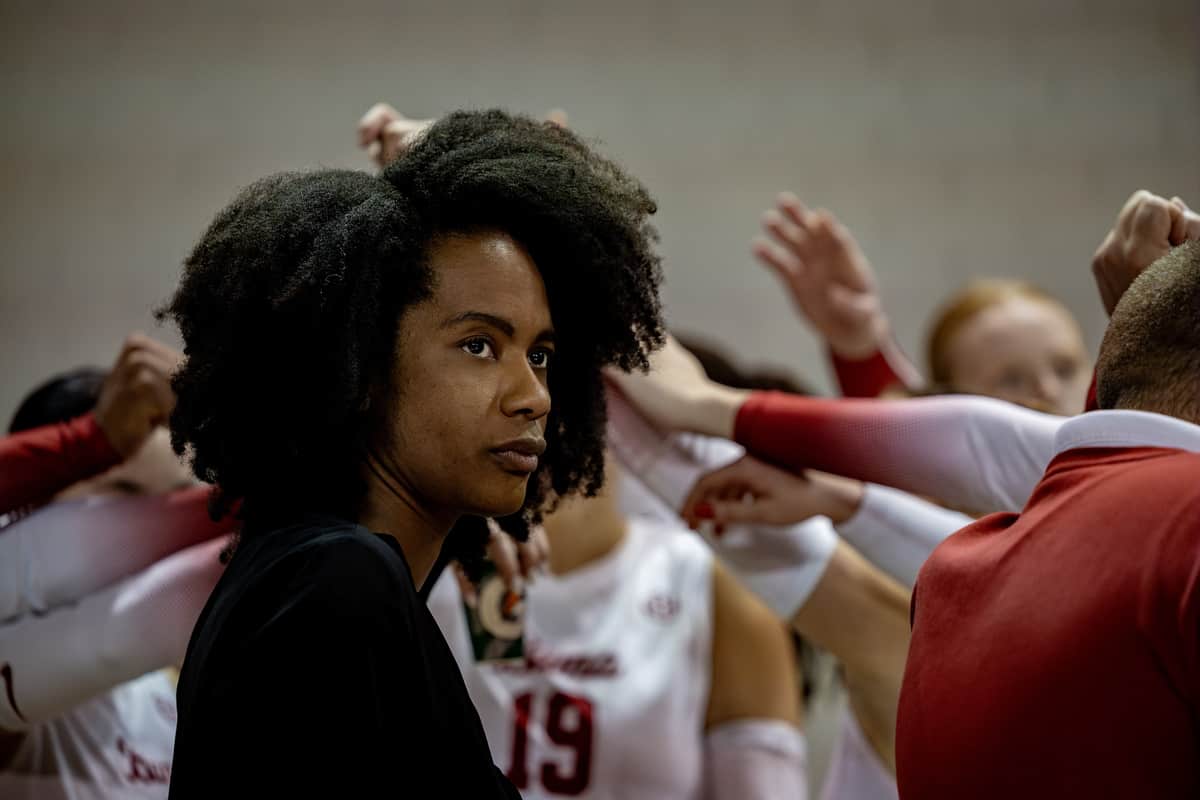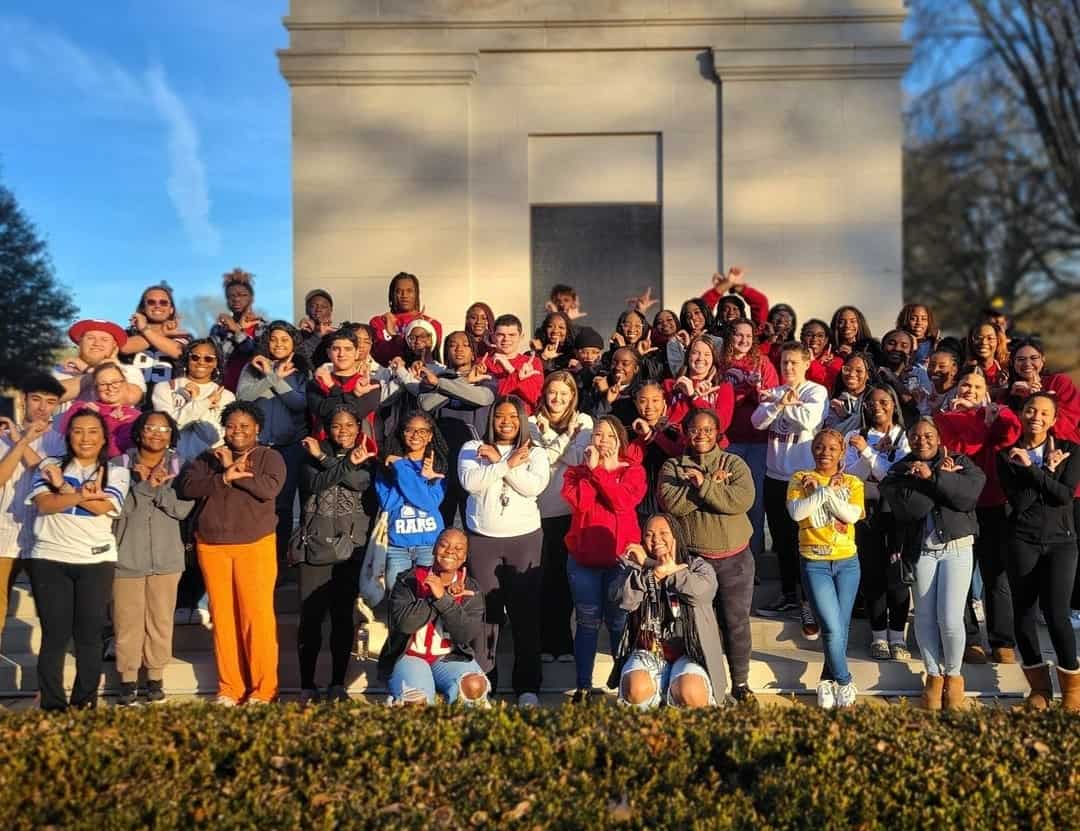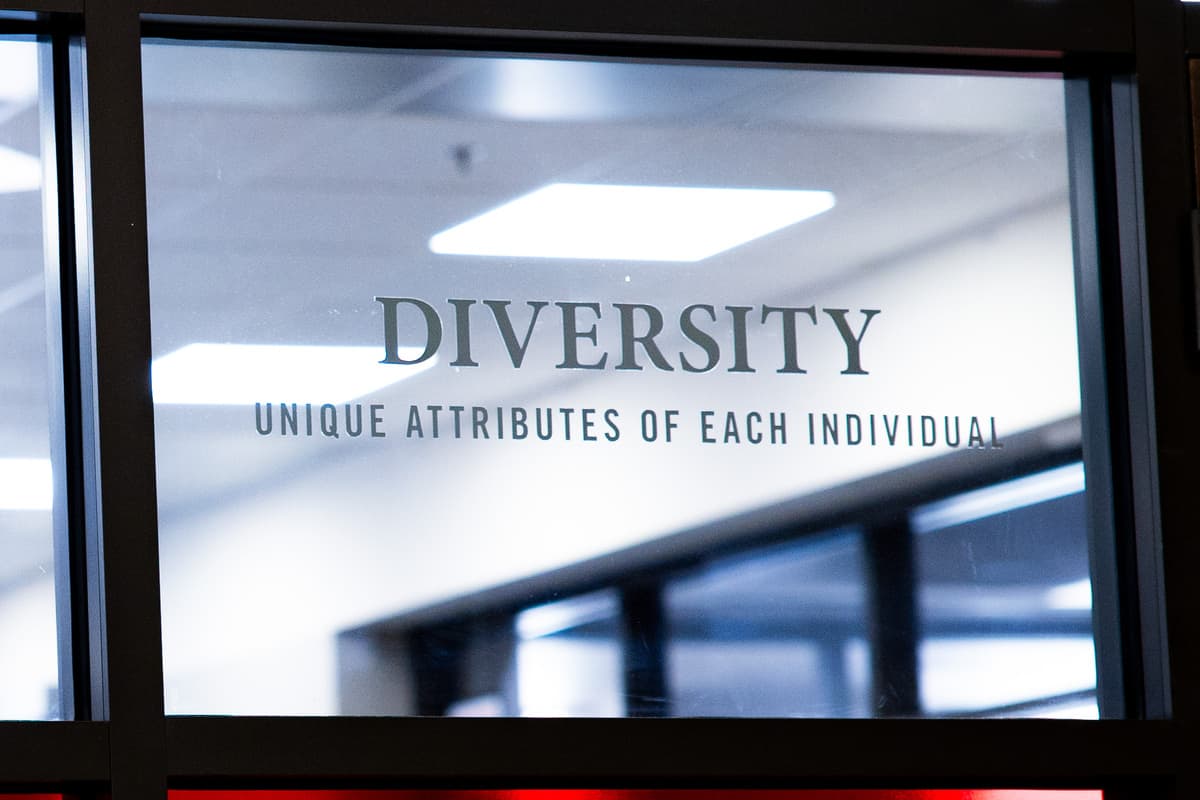In 2019, G. Christine Taylor, vice president and associate provost of diversity, equity and inclusion, along with a committee of faculty, staff and students, released a set of recommendations in the Path Forward Diversity Report with the goal of reaching greater diversity, equity and inclusion on campus.
Though there hasn’t been a visible update to the report since 2020, the report still serves as an outline for productive diversity efforts on campus with diversity initiatives within departments and colleges sharing similar objectives to Path Forward’s overarching goals of recruiting and retaining diverse faculty, staff and students; creating a more welcoming campus community; developing cultural competency; and expanding diversity, equity and inclusion infrastructure.
Matthew Hudnall, an associate professor of management information systems and the president of the Faculty Senate, said the multifaceted approach of Path Forward has established a paradigm and mission for influencing change.
“Each college has increased the amount of personnel that are devoted to increasing diversity within their own college,” Hudnall said.
According to their websites, nine of the 12 colleges within the University have either a committee or individual who is focused on diversity, equity and inclusion efforts for the respective college.
Path Forward has also served as an access point for needed conversations about individual diversity plans.
Dr. Pamela Payne-Foster, the president of the Black Faculty and Staff Association and a community medicine and population health professor, said that when BFSA talks to administration about the need for more diversity on campus, as with its 2022 retention project recommendation, the organization goes back to the Path Forward report to articulate its point.
However, outside of discussions of Path Forward, Payne-Foster said conversations surrounding diversity, equity and inclusion aren’t just being raised by faculty. She said that last year, during a meeting about accreditation, there was a recommendation made for more diversity, especially in health care professionals since the demographics of people seeking health care are changing.
“We feel as professors, we have to prepare our medical students for that demographic shift, and many of them are not equipped,” Payne-Foster said. “They’re equipped medically to handle patients, but not culturally to handle patients who are different from them.”
Hudnall said there’s significant value in a diverse faculty because it introduces students to diverse views and creates a better environment for recruiting diverse students.
Currently, Hudnall serves as the co-chair of the hiring subcommittee within the Culverhouse College of Business’ diversity, equity and inclusion committee, which is creating a system of checks and balances to help recruit diverse applicants for each department by implementing a nontraditional marketing of positions and a check that helps departments examine the diversity of their application pools.
The Faculty Senate’s DEI committee also works to recruit by highlighting events like the DEI Summit on Disability Among Faculty in March or the DEI Breakfast in April.
However, Payne-Foster said when it comes to recruitment, it’s not just the faculty or staff member you’re recruiting; it’s their family too.
“Say I’m a professor, but my husband’s not. They need to have a job. There’s not a lot of job choices here,” she said. “If the spouse can’t get a job, that’s going to keep a person from coming.”
Payne-Foster said many factors affect the recruiting process, like child care, school systems, culture, arts, environment, etc.
Yet Path Forward emphasizes that recruitment is only half the battle for lasting diversity. Once someone is accepted, it’s important to make sure they have a welcoming environment, professional development, support and more to ensure that new faculty want to stay.
When it comes to staff retention, Hudnall said the University’s human resources department has reimagined the hiring process. Changes included new staff titles, opening different pay grades, increasing pay ranges and placing a greater emphasis on a candidate’s experience and capabilities over their education.
“That’s still an important check mark, education, without a doubt, but they’re more acknowledging what the individual brings to the table,” Hudnall said. “I think that allows greater retention of staff, because the HR system is now more flexible, to actually understand and incorporate the capabilities and needs of the individual into that process.”
He said the Office of Academic Affairs is in the infancy stage of creating something similar.
“I think that’s an ongoing opportunity that will hopefully increase faculty retention at UA,” Hudnall said.
In terms of student retention, Hudnall said it’s about ensuring there are as many resources on campus as possible to help previously under-supported students, like Legacy Scholars or the Alabama REACH program, so these students can succeed in college.
“Greater care is needed by the University to provide support mechanisms for them,” he said. “So, I know that the central administration has been [putting] more and more programs and effort and money into supporting those initiatives.”
André Denham, associate dean for graduate academic affairs and a former member of the Path Forward committee, said there are several graduate-level programs created to support graduate students, like GradACTS, a professional development program, Tide Together, a mentorship program for personal and professional success, and the newly launched Crimson Odyssey, which offers mentorship training for faculty and students.
Denham said programs like these are good for recruiting but also for retention because they help students graduate, which is their main goal.
While different departments work on creating programs to recruit and retain faculty, staff and students, the creation of respective faculty/staff and student organizations like the Asian American Pacific Islander Association, the Hispanic-Latino Association, and other affinity groups are allowing diverse people to build community and create a more welcoming environment through their visibility.
For Julia Dominguez, the president of HLA and a junior majoring in political science and psychology, and Valentina Mora, vice president of HLA and a sophomore majoring in French and communicative disorders, increasing visibility in their organization has meant hosting cultural events for students, like Carnaval, to showcase that they are more than just a demographic.
“It’s a lot of being personable, being, open to receive a lot of people, letting them know that we exist, letting them know that we are here,” Mora said.
She said even though Hispanic or Latino students make up a small percentage of students on campus — 6.59%, according to the Office of Institutional Research and Assessment — they are present and want that percentage of students to know that HLA is here to support them and make them feel at home.
As the president of the AAPIA, Hee Yun Lee, associate dean for research and endowed academic chair in social work and health, said this sentiment also rings true.
She said the creation of the AAPIA was a great improvement in diversity efforts. Although the organization has been operating for only a year, it has still been able to offer support, a sense of belonging and advocacy for the University’s Asian American and Pacific Islander faculty, staff and student community.
Lee said that with every past and upcoming event — like the AAPI Heritage Month celebration in March, the first AAPI-specific graduation ceremony in May, or social events for community members to join in fellowship — the organization hopes to bring joy to the Asian American and Pacific Islander communities.
“I see that our visibility is still small, but it will become a big impact to the UA community as well as the Tuscaloosa community,” she said.
Even though BFSA primarily works with faculty, Payne-Foster said she’s seen improvement in student diversity as Black Scholars Day has grown exponentially since she came to campus 18 years ago.
“When I first went to my first Black Honors Day program, I could not believe how many people were there,” Payne-Foster said. “It was a thousand people.”
She said it’s grown so much that BFSA is looking to house it in the Coliseum, because there isn’t enough room to fit everyone in the Bryant Conference Center.
While these organizations have worked independently from Path Forward, the original pillars have still been shown throughout the ongoing work. These organizations often find themselves collaborating with the Division of Diversity, Equity and Inclusion, because many initiatives can’t be done in one department.
Denham said that collaboration was an important part of the initial report because without it, leaders found themselves doing more, but were duplicating efforts. He said he doesn’t think this was a bad thing; however, it showcased how an absence of a centralized structure makes people think they must figure it out themselves.
“So, I think it was well intentioned, but it actually wasn’t productive, because as we said, we weren’t all moving in the same direction, but everybody had the same end goal in mind,” he said. “You get a whole lot more economies of scale when everybody’s working together collaboratively on the same thing and going in the same direction.”
Now, as these organizations move individually as well as collectively toward increased diversity across the board, many are worried about what the future of diversity, equity and inclusion will look like given a recent “divisive concepts” bill, Senate Bill 129, that could potentially halt DEI programs in Alabama.
However, despite an unclear future for DEI on campuses, many hope that things will only get better in the post-Path Forward report era.









